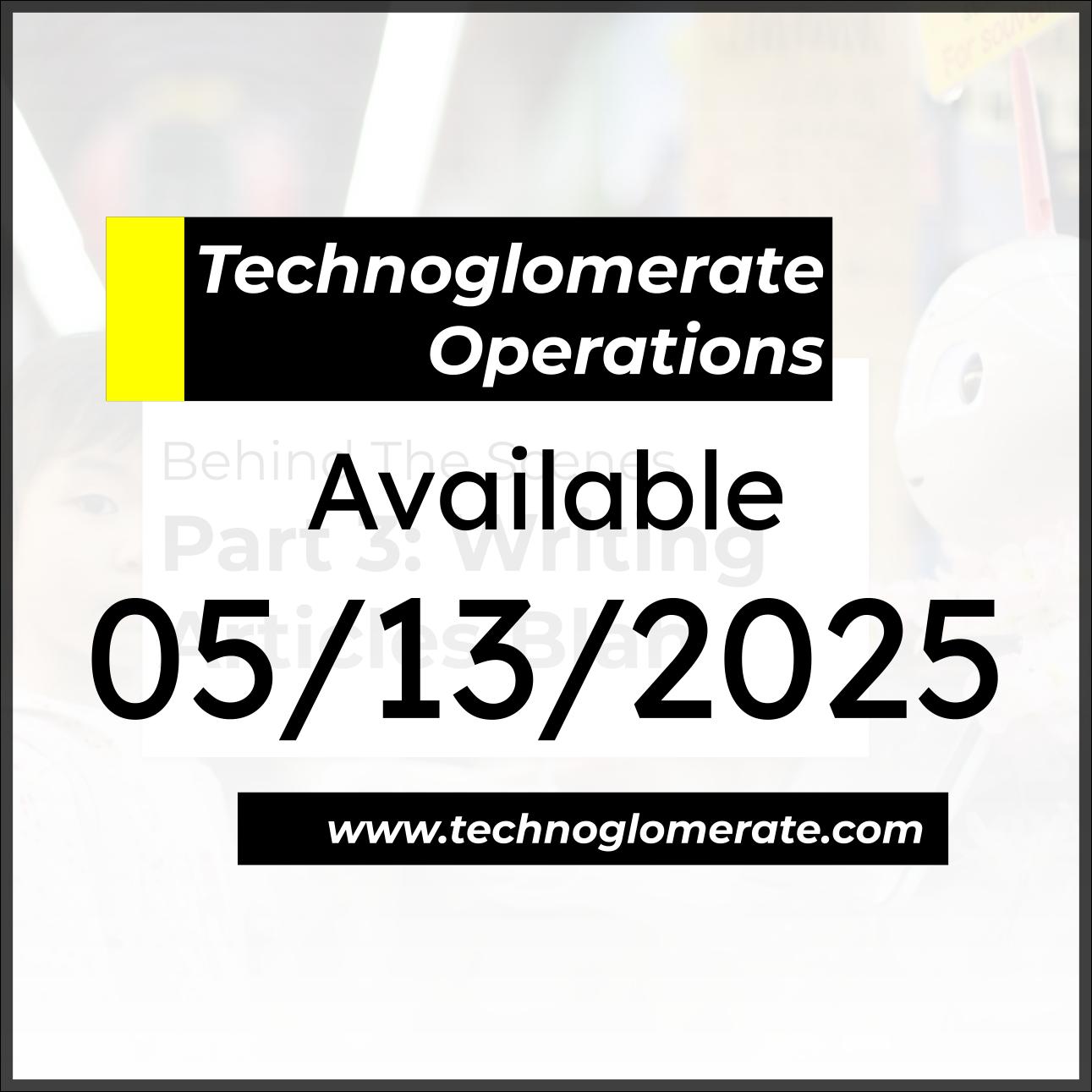WordPress is the Nickelback of web development. Everyone loves to hate on it, but it powers 43% of the internet—and that number keeps growing. While developers argue about its technical debt and messy ecosystem, the rest of the world is building businesses on it.
- The WordPress Paradox: Despite its reputation, WordPress dominates the web, making it an essential platform to master. The key isn’t to replace it, but to fundamentally re-engineer its deployment for professional use.
- Decoupling Content from Delivery: Standard WordPress migration tools are prone to failure. The solution is a “stateless” architecture where content is created and edited in a clean secure environment, then pushed to a lean, read-only live server.
- Enterprise Power on a Small-Business Budget: This opinionated approach eliminates the vast majority of security threats and dramatically boosts performance, achieving enterprise-grade results without abandoning the familiar and widely-used WordPress platform.
Here’s the thing: dismissing WordPress because it’s not “enterprise-grade” is like dismissing JavaScript because it’s not C++. The market has spoken. Your choice isn’t whether WordPress will dominate—it’s whether you’ll master it or get left behind.
The recent governance drama around its creator only proves our point. WordPress is too big, too entrenched, and too profitable for any single controversy to kill it. But it also means you can’t just deploy it like a toy blog platform. You need to be opinionated about architecture, ruthless about security, and smart about performance.
For us, that starts with rethinking deployment entirely.
The Problem: Standard Tools Don’t Scale

Moving content between our draft, staging, and live environments should be straightforward. The community standard is wp-cli‘s search-replace command, but we kept hitting edge cases with serialized data and complex plugin configurations that would corrupt migrations between domains.
Rather than playing whack-a-mole with bugs, we built an import/export system that treats content as clean data rather than raw database dumps. It was more work upfront, but eliminates an entire class of deployment failures.
The Ultimate Goal: Refining WordPress Into An Elegant Tool
Here’s our core philosophy: the live, public-facing website should be a read-only, stateless application. We essentially trick WordPress into being something it was never designed to be.
Think about it: a standard WordPress site is a Swiss Army knife that’s always open. It’s ready to handle logins, process comments, install plugins, edit themes—all on your live server. That’s like leaving your front door unlocked because sometimes you need to let the mail carrier in.
Our approach flips this entirely. We treat the live environment as a delivery mechanism, not a creation tool:
-
Content Creation Happens Upstream: All editing, plugin configuration, and content work happens in our Draft and Staging environments—fully interactive WordPress installs locked away from public access.
-
Clean Builds, Not Database Dumps: Our tooling generates an optimized snapshot of the public-facing content. Think of it as compiling your WordPress site into a lean, mean delivery machine.
-
Full-Fledged WordPress Becomes a Lean Purpose-Built Server: No admin dashboard, no file editor, no plugin store. It has one job: serve pages fast and securely.
The results are dramatic:
- Bulletproof Security: We eliminate 90% of WordPress attack vectors by removing the entire interactive backend from public access.
- Blazing Performance: Without administrative bloat and unnecessary PHP processing, pages load like they’re almost static.
- Trivial Scaling: A stateless server caches perfectly and replicates easily—traffic spikes become non-events.
The Takeaway: Stop Fighting WordPress, Start Fixing It
Here’s what we learned: WordPress isn’t broken—most WordPress deployments are.
The platform gives you everything you need to build a content powerhouse, but it also gives you everything you need to shoot yourself in the foot. The secret isn’t finding a “better” CMS; it’s having the discipline to use WordPress correctly.
Our stateless architecture isn’t just a technical solution—it’s a business decision. We get enterprise-grade security and performance from a platform our content team already knows, without the enterprise-grade budget or complexity.


